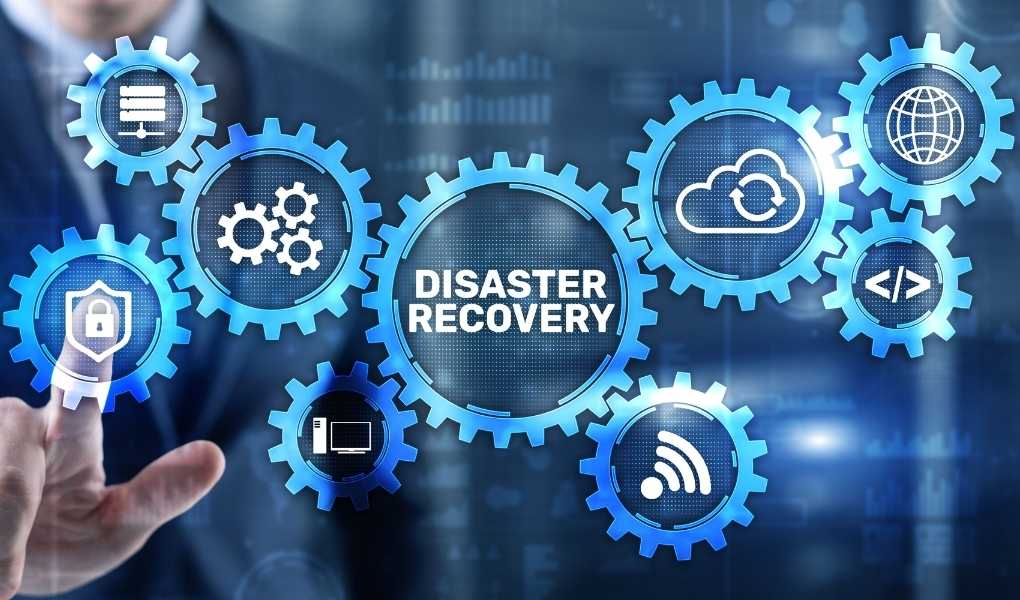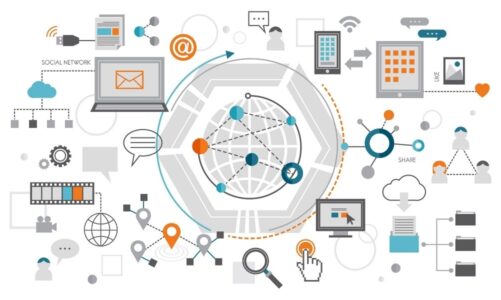Depending on the size of your business and your desired RTO/RPO, you can choose from three cloud-based disaster recovery options.
Solution for backup and recovery (Backup & Restore Solution) Information is copied and restored according to a specified schedule, for example, once a day or several hours. The copied IT infrastructure is placed in secure cloud storage, such as the Hotbox cloud hot storage solution. When disaster strikes, the client restores information systems from the cloud. If a disaster occurs between copies, the data that was not saved will be lost.
This cloud solution has the highest RTO and RPO – from 2-3 hours. Still, it is economical and suitable for small businesses that are not critical for the continuous operation of the infrastructure.
The decision can be compared to a car breaking down during a trip. For example, tire bursts or the alternator belt breaks, and the driver does not have a spare. You need to wait for a tow truck and spend time on repairs in a car service or tire fitting. The more damage, the longer the car will not go anywhere.
This option of backup and recovery can be implemented without a cloud. Usually, the data is copied to tape and stored in the same data center, which will not become insurance against fire. In addition, in such cases, system recovery may take several days. Cloud storages like Hotbox speed up the process, as they allow you to pull out data quickly. Therefore, you can return the system to work in a few hours.
Quick Recovery Solution: The information system is kept in the cloud in a minimum working configuration. The working and standby databases are continuously synchronized in incremental mode – that is, they first make a complete copy of the system and then copy only the new information. After a failure, the cloud contains ready-to-run virtual machines, and application templates can restart the IT infrastructure with a single button.
After an accident, time is only needed to launch applications; an up-to-date copy of the information system is stored in the cloud, so data is not lost. This option is more expensive than the first, as it implies a paid agency solution; the client pays for the use of resources and images, the organization of continuous backups, and a one-button recovery system. But the RTO / RPO of the solution is less: up to half an hour / several minutes. It is universal and suitable for most companies, including online stores, where it is essential not to lose data on orders and transactions. In addition, keeping infrastructure in “sleep mode” is cheaper than organizing and maintaining a second combat infrastructure that is in working order.
If we continue the analogy with a broken car, it is similar to a situation where a breakdown has occurred, but everything is at hand to fix it. There is no need to call a tow truck and go to the service; however, you need to spend a little time on repairs.
Parallel infrastructure ( Multi-Site Solution): The client launches an IT infrastructure similar to a combat one in the cloud. Databases are constantly synchronized, applications are updated in parallel in two infrastructures.
Synchronization of data write depends on the system; there are two options, taking into account the desired recovery point (RPO):
- synchronous – information is immediately recorded in two systems, data is not lost even in a second;
- Asynchronous – information is first recorded in one system, then immediately transferred to the second. The loss of time to write data is measured in seconds.
Switching traffic to the backup infrastructure can be manual or automatic. There will be practically no downtime after an accident in this option, but the solution is not suitable for all IT infrastructures.
Parallel active infrastructure is suitable for companies where the operation of information systems is critical for business: there should be no failures, data loss is unacceptable. For example, financial companies and banks, public services, large IT companies. In this solution, RTO/RPO is minimal: a few minutes/a few seconds. It is the most expensive of the Disaster Recovery cloud options, but its cost is less than a backup data center.
Another advantage of a parallel infrastructure is the possibility of elastic scaling – if additional computing resources or memory are needed, they are allocated dynamically over a wide range.
The solution can be compared to the power supply of operating rooms. There is always a backup source of energy: if the electricity is cut off, the equipment that supports the patient’s life will not turn off, there will be a switch to an autonomous power plant.
There are similar solutions in which the cloud infrastructure is not “in reserve” but is also put under load and represents the “second shoulder” of the infrastructure. At the same time, load balancing is performed with a uniform distribution of requests between infrastructures. Strictly speaking, this solution does not belong to the DRS class but allows organizing a highly available geo-distributed service (high availability) on an architecture similar to DRS.
Also Read: What is Mobile Device Management (MDM)



